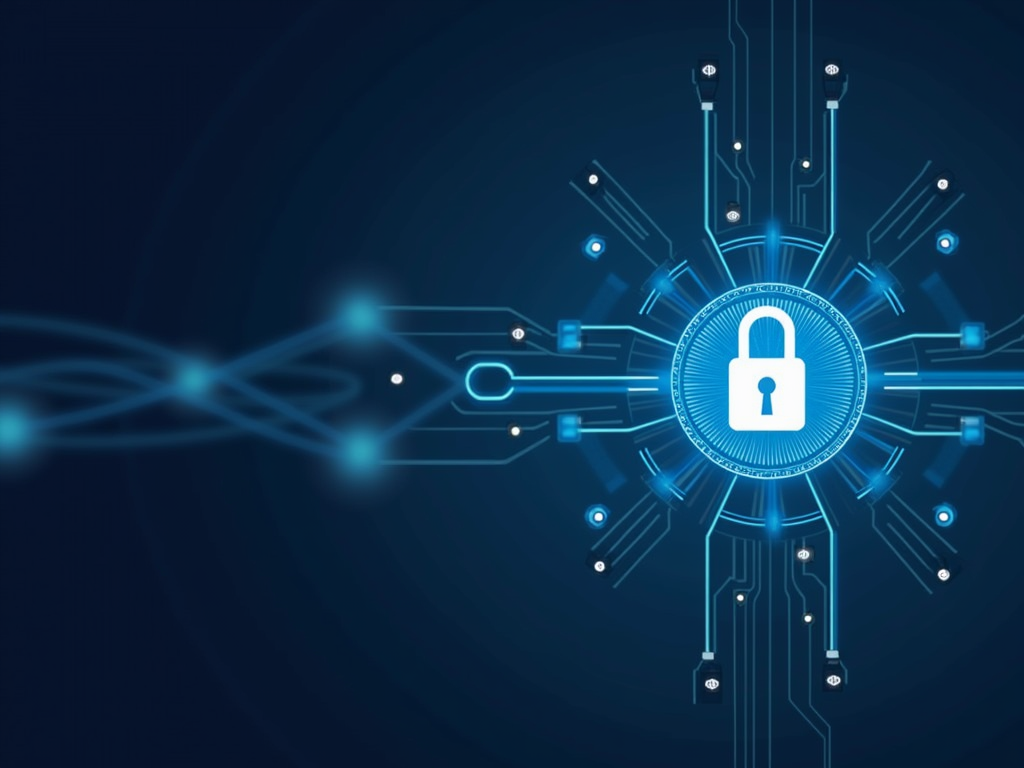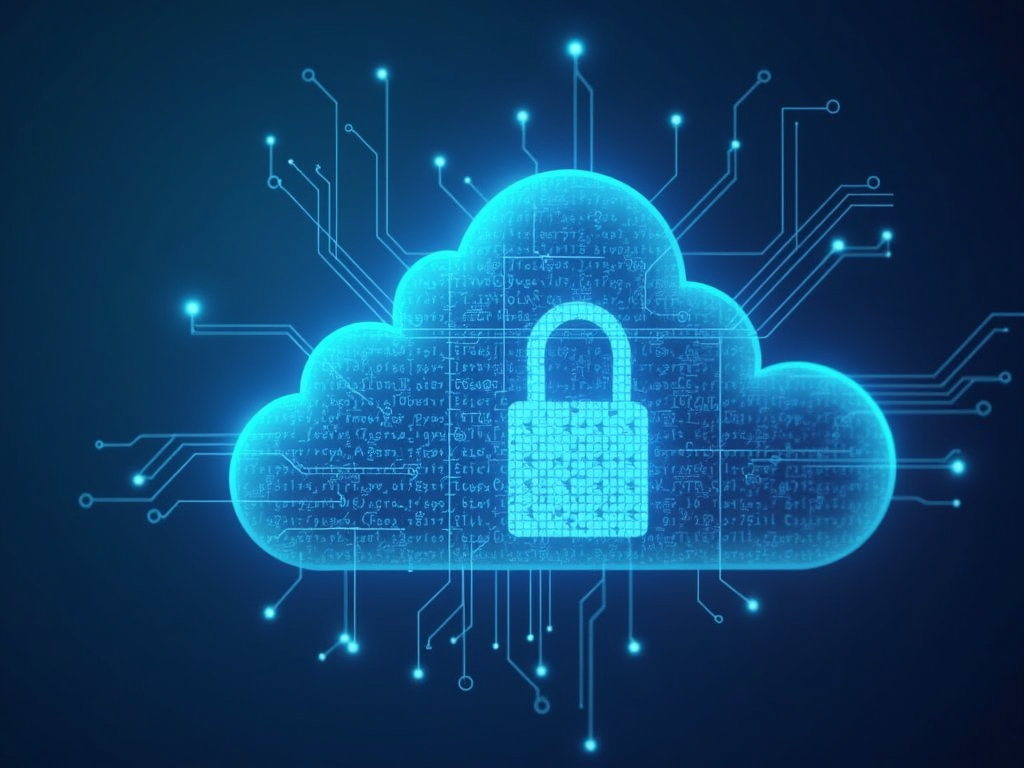Understanding the Role of Security Automation in Cybersecurity
In today’s digital landscape, cybersecurity has become an increasingly critical aspect of protecting our online presence and sensitive information. As cyber threats continue to evolve and intensify, organizations must adapt by incorporating innovative security measures to stay ahead of these malicious actors. One such measure is security automation, which plays a vital role in enhancing the overall cybersecurity posture.
What is Security Automation?
Security automation refers to the use of automated tools and processes to detect, prevent, and respond to cyber threats. This approach leverages machine learning, artificial intelligence, and other advanced technologies to analyze vast amounts of data, identify patterns, and take swift action against potential security breaches. By automating repetitive and time-consuming tasks, security teams can focus on higher-level decision-making, improving overall response times, and reducing the risk of human error.
Key Benefits of Security Automation
- Rapid Detection and Response: Automated security tools can quickly identify suspicious activity, allowing for swift action to contain and remediate threats before they spread.
- Increased Efficiency: By automating routine tasks, security teams can free up resources for more strategic and complex threat hunting.
- Improved Accuracy: Machine learning algorithms can analyze vast amounts of data with greater precision than human analysts, reducing the likelihood of false positives or missed threats.
- Enhanced Compliance: Automated security processes can help organizations demonstrate compliance with regulatory requirements, such as PCI-DSS or HIPAA.
How Security Automation Works
Security automation typically involves three key components:
- Data Collection and Analysis: Collecting log data from various sources, such as firewalls, intrusion detection systems (IDS), and endpoint devices.
- Machine Learning and Pattern Recognition: Analyzing the collected data using machine learning algorithms to identify patterns and anomalies indicative of potential threats.
- Automated Response and Remediation: Triggering automated responses or remediating actions based on the identified threats, such as blocking malicious IP addresses or isolating compromised systems.
Challenges and Limitations
While security automation offers numerous benefits, it’s essential to acknowledge some challenges and limitations:
- Data Quality Issues: Inaccurate or incomplete data can lead to false positives or missed threats.
- Complexity and Integration: Integrating multiple automated tools and processes can be complex, requiring significant resources and expertise.
- False Sense of Security: Relying solely on automation may create a false sense of security, as human oversight is still crucial for effective threat hunting.
Best Practices for Implementing Security Automation
- Start Small: Begin with a small-scale pilot project to test the effectiveness of automation and refine processes.
- Integrate Human Oversight: Ensure that automated systems are monitored and reviewed by trained security professionals to maintain situational awareness.
- Continuously Monitor and Refine: Regularly assess the performance of automated tools, updating algorithms and rules as needed to stay ahead of evolving threats.
Conclusion
Security automation is a vital component in modern cybersecurity, offering rapid detection, improved accuracy, and enhanced compliance. By understanding its role and implementing best practices, organizations can leverage automation to augment their security posture, freeing up resources for more strategic threat hunting and mitigating the risk of human error. As cyber threats continue to evolve, it’s essential to stay adaptable and incorporate innovative security measures like security automation into your cybersecurity strategy.
References
- [1] Gartner: “Security Automation: The Next Wave in Cybersecurity”
- [2] SANS Institute: “Automation in Cybersecurity: A Guide for Security Professionals”
- [3] Dark Reading: “The Evolution of Security Automation”



